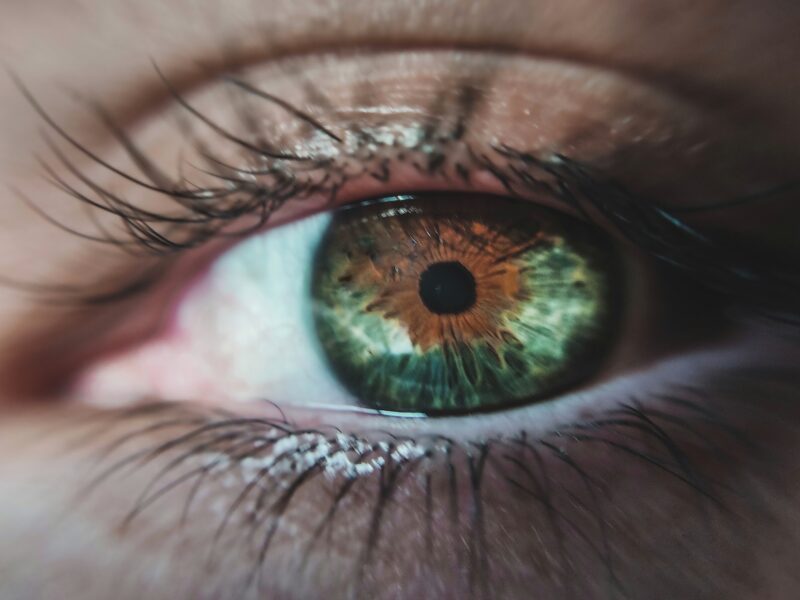
Advancements in Laser Technology for Cataract Surgery
Cataract surgery is common and has been around for several years. Still, in the last half-
century, successful outcomes and remarkable improvements in the procedure to restore vision
in people suffering from cataracts, cloudy or opaque areas in the eye's lens, have been seen.
However, laser technology is leading in providing the best possible vision restoration.
In this blog, we will discuss cataracts, the latest advancements in laser technology, how they
improve people's quality of life, and the benefits of laser technology for cataract surgery.
Table of Contents
What are Cataracts?
We have a natural lens inside our eyes. The lens refracts light rays that come into the eye to
help see. The lens should be transparent and clear. If you suffer from cataracts, your lens will
become cloudy and foggy, like a dusty car windshield. You will start looking at things as hazy,
blurry, or less colorful. It can also lead to vision loss.
The aging process commonly causes cataracts but can also be caused by eye trauma, injury,
family history, medical conditions such as diabetes, and certain medications. As cataracts
become more advanced, symptoms such as blurry and poor vision continue to get worse over
time, Inability to read without bright lights or a magnifying lens, crossed eyes or double vision in
one or both eyes, increasing the strength of glasses or contact lenses rapidly, and seeing
“halos” around bright lights or light bulbs can occur.
What is Cataract Surgery?
Cataract surgery is a safe and effective way of restoring vision for people with cataracts. In this
procedure, the hazy lens is removed and replaced with an artificial intraocular lens (IOL)
designed to direct light onto the retina, which is the light-sensitive portion of the eye.
The traditional technique for cataract surgery is known as phacoemulsification. A small eye
incision is created in this process, and an ultrasound probe is used to fragment the cloudy lens.
The lens pieces are then removed from the eye through suction. Following this, the IOL is
placed into the eye, and the incision is closed.
Advances in Laser Technology for Cataract Surgery
Thanks to technological advances, cataract surgery has come a long way in recent years. Some
of the recent innovations in cataract surgery include:
● Femtosecond laser-assisted cataract surgery: Using laser technology enables
precise eye incisions, leading to a more accurate and predictable procedure. This
advancement allows for smaller incisions, which may result in quicker patient recovery.
● Customized intraocular lenses (IOLs): In the past, there were limited choices
available, but now, developments have introduced customized IOLs that provide cataract
surgery patients with a broader range of options to correct their vision after surgery.
For example, Toric intraocular lenses (IOLs) are designed to treat astigmatism, a
common eye condition that causes blurred vision. Multifocal IOLs can correct both
distant and near vision, allowing patients clear vision for various activities without
needing glasses. Extended Depth of Focus (EDOF) intraocular lenses, a more recent
addition, broaden the scope of vision compared to conventional monofocal IOLs, which
are only correct for distance vision. EDOF IOLs allow patients to see clearly at varying
distances, making them suitable for patients who spend a lot of time on a computer or
tablet.
● More accurate measurements: Advancements in measurement technology have
enhanced the precision of eye measurements, contributing to a more precise prediction
of surgical outcomes. This ensures the optimal placement of the IOL in the eye, resulting
in improved vision for the patient.
What are the Benefits of Latest Advancements?
The benefits are numerous, but one of the most significant advantages of laser technology for
cataract surgery is that it is painless and takes only half an hour to perform. The surgeon
promises that patients’ eyes will return to normal within the next one or two days, meaning it is
possible to return to work, do your chores, or perform daily activities within a few hours.
Patients who are undergoing femtosecond laser-assisted cataract surgery often experience a
faster recovery and fewer complications compared to those who have traditional cataract
surgery. Customized IOLs can also give patients better vision after surgery and reduce the need
for glasses.
More accurate measurements can also ensure that the IOL is placed in the correct position in
the eye, resulting in better vision for the patient.
The Bottom Line
Laser Cataract Surgery is one of the most common and successful procedures worldwide.
Technological advances have made cataract surgery safer and more effective.





No Comment